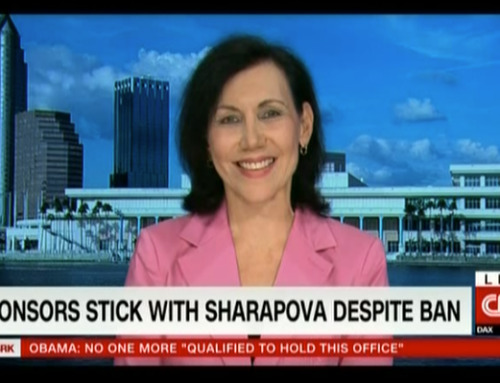by Karen Post, a.k.a. The Branding Diva®
Appearances can be deceiving.
One vendor does not fit all and size matters.
Here are three critical questions you should ask before you engage a vendor or service provider.
 When shopping for creative services, many companies look and sound alike. They show you their history of work with big-name clients, offer a suite of services, initially price themselves in a seemingly fair and simple manner and everyone aims to please. The big ones and small ones all promise to care and assure you they are right for the assignment.
When shopping for creative services, many companies look and sound alike. They show you their history of work with big-name clients, offer a suite of services, initially price themselves in a seemingly fair and simple manner and everyone aims to please. The big ones and small ones all promise to care and assure you they are right for the assignment.
While I don’t think companies who fall short on meeting expectations set out to be malicious, I’m convinced asking these three questions can save you a lot of money and headaches.
1) Do you have good communication/work style chemistry with your daily point person, (not the sales department)?
Sales teams are great at sales, but many times once you contract with a firm, you never see those folks again. Make sure you interview the actual team working on your project. Be up front with your expectations. If you require conference follow-up notes, agendas, and changes in writing, state that up front. If they have requests from you, learn that too. One of the best ways to assess working chemistry is spend an hour with the provider team off property and talk about work and non-work matters. You can learn a lot.
2) Is the vendor’s billing/fee formula aligned to what you can afford at this time?
Most professional service firms operate from 30/30/30 pricing formula: one part staff cost, one part overhead, one part margin.
Dealing with larger firms will generally cost you more, unless they are willing to lose money on you; most are not. The size of the vendor has its trade-offs. A larger firm may have more resources, but depending on the firm, this is no guarantee you will get them. Smaller firms can cost less per project, but often, your project can be at risk from stretched staffing resources. If you are a smaller company and price is an issue, don’t skimp on doing your homework to find out as much as you can about pricing, scheduling, and resource allocation in advance. Sometimes it makes sense to have two resources, just in case one gets goofy on you. I’m not recommending all decisions are made on lowest price, I am suggesting the size of your company and available funding is a reality.
3) What happens when the person working on your project gets hit by a bus? Or leaves the company?
Again, ask hard questions, before you engage, and document your understandings and expectations up front in writing. Be careful when firms request to be paid 100 percent up front, this takes away any leveraging power, should something change in the project with staffing and resources.
About the author: Karen Post, a.k.a. The Branding Diva® is an international authority on branding, marketing, and entrepreneurial matters. She is has been featured as a business expert in print publications; on TV, radio, and on Web channels. Karen authored the best-selling book Brain Tattoos, Creating Unique Brands That Stick in your Customers’ Minds and she is co-founder and CEO of Oddpodz.com, an idea engine for creative professionals and business. Her work has benefited large and small organizations in the United States and around the world.





